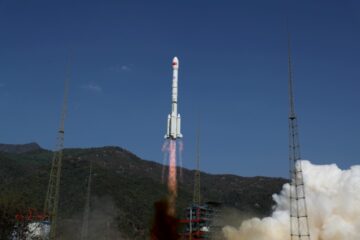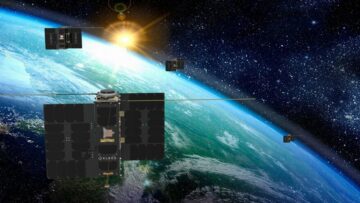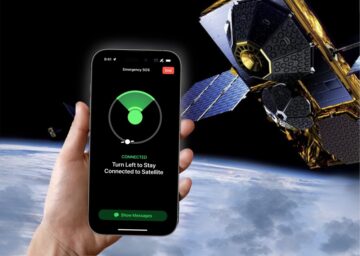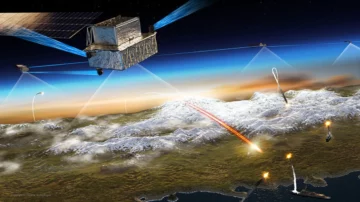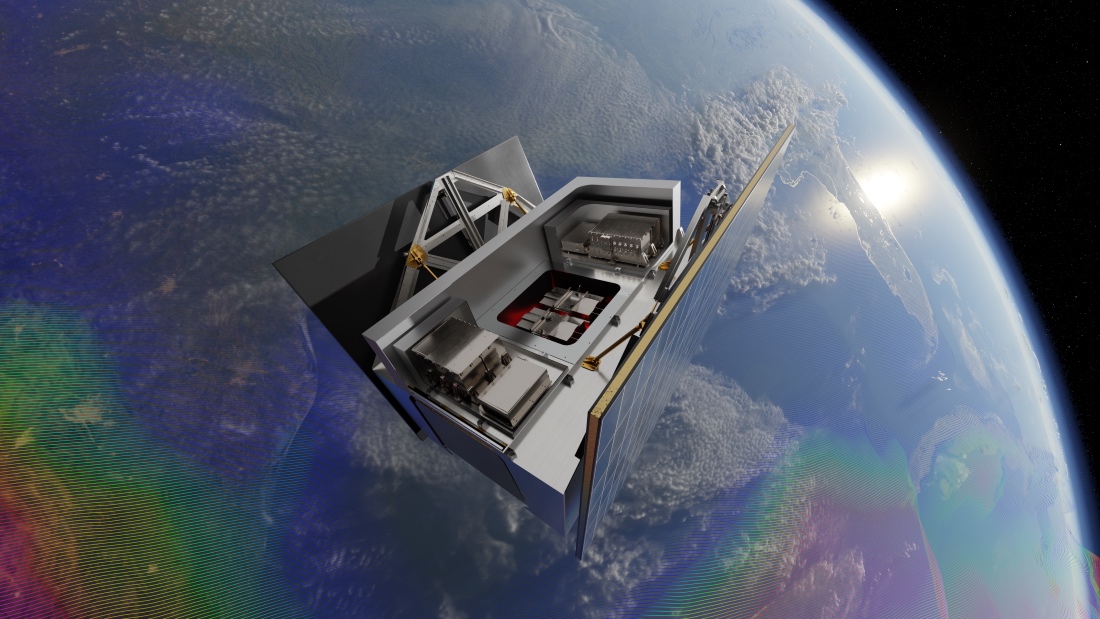
WASHINGTON — NASA has picked four Earth science mission proposals for further study while separately selecting a smaller Earth science technology demonstration mission for development.
NASA said May 7 it selected four proposals for its first Earth System Explorer missions for initial Phase A studies, lasting one year. Each of the proposed missions will receive $5 million from the agency to carry out the studies to refine their mission designs.
NASA will then select two of the proposals for development. One of the selected missions would launch by 2030 and the other by 2032. Each mission will have a cost cap of $310 million, excluding launch.
The four mission proposals NASA selected for study are:
- Stratosphere Troposphere Response using Infrared Vertically-Resolved Light Explorer (STRIVE), which will measure temperature, composition and aerosols from the upper troposphere to the mesosphere;
- Ocean Dynamics and Surface Exchange with the Atmosphere (ODYSEA), a mission to simultaneously measure ocean currents and winds to better understand interactions between the ocean and atmosphere;
- Earth Dynamics Geodetic Explorer (EDGE), which will provide three-dimensional structures of terrestrial ecosystems, including measuring glaciers, ice sheets and sea ice; and
- The Carbon Investigation (Carbon-I), a mission to provide measurements of various greenhouse gases, including natural and human-made sources, to better understand the carbon cycle.
The missions will be the first for the Earth System Explorer program, which NASA established in response to the 2018 Earth science decal survey. That report recommended NASA develop a line of competed missions that are less expensive that directed Earth science missions but larger than its Earth Venture line of smallsat missions and instruments. NASA had planned to start the program as early as 2020 but delayed it because of budget constraints.
“The proposals represent another example of NASA’s holistic approach to studying our home planet,” Nicky Fox, NASA’s associate administrator for science, said in a statement. “As we continue to confront our changing climate, and its impacts on humans and our environment, the need for data and scientific research could not be greater.”
NASA officials said in a town hall meeting in March that they would spread out the cadence of announcements of opportunity (AOs) for Earth System Explorer and Earth Venture projects to avoid overloading institutions interested in those programs with simultaneous calls for proposals. A chart shown in that meeting indicated that the next Earth System Explorer AO would be released in 2029 for a mission launching in 2037.
In addition to Earth System Explorer and Earth Venture programs, NASA plans to compete a mission for part of its restructured Earth System Observatory. That restructuring involves splitting large missions into several smaller, less expensive ones whose launches will be spread out. The competed mission, called Atmosphere Observing System – Cloud (AOS-Cloud), would have a cost cap excluding launch of $400 million and launch readiness date of 2031, according to a community announcement released by NASA in April announcing its plans for the upcoming competition.
NASA is separately moving forward on a smaller Earth science technology demonstration mission. The agency has selected the Gravitational Reference Advanced Technology Test In Space (GRATTIS) mission, led by the University of Florida, for development and launch. The $12 million mission will test a new sensor proposed for use on future missions to measure the Earth’s gravitational field.
“Our technology will provide vital insights into the movement of water and ice across the planet,” John Conklin, principal investigator of GRATTIS at the University of Florida, in a statement. “This data is essential for monitoring droughts, assessing groundwater reserves, and understanding the impact of melting ice sheets on sea levels.”
GRATTIS will use an Aries spacecraft bus provided by Apex Space and will launch on a SpaceX Transporter rideshare mission no earlier than October 2026.
- SEO Powered Content & PR Distribution. Get Amplified Today.
- PlatoData.Network Vertical Generative Ai. Empower Yourself. Access Here.
- PlatoAiStream. Web3 Intelligence. Knowledge Amplified. Access Here.
- PlatoESG. Carbon, CleanTech, Energy, Environment, Solar, Waste Management. Access Here.
- PlatoHealth. Biotech and Clinical Trials Intelligence. Access Here.
- Source: https://spacenews.com/nasa-selects-proposals-for-new-line-of-earth-science-missions/
- :has
- :is
- :not
- $400 Million
- 2018
- 2020
- 2026
- 2030
- 2031
- 2037
- 7
- a
- According
- across
- addition
- advanced
- Advanced Technology
- agency
- an
- and
- Announcements
- Announcing
- Another
- Apex
- approach
- April
- ARE
- AS
- Assessing
- Associate
- At
- Atmosphere
- avoid
- BE
- because
- Better
- between
- budget
- bus
- but
- by
- Cadence
- called
- Calls
- cap
- carbon
- carry
- changing
- Chart
- Climate
- Cloud
- community
- compete
- competed
- competition
- composition
- confront
- continue
- Cost
- could
- cycle
- data
- Date
- demonstration
- designs
- develop
- Development
- directed
- dynamics
- each
- Earlier
- Early
- earth
- Ecosystems
- Edge
- Environment
- essential
- established
- example
- exchange
- excluding
- expensive
- explorer
- field
- First
- florida
- For
- Forward
- four
- fox
- from
- further
- future
- gravitational
- greater
- had
- Hall
- Have
- holistic
- Home
- HTTPS
- Humans
- ICE
- Impact
- Impacts
- in
- Including
- indicated
- initial
- insights
- institutions
- instruments
- interactions
- interested
- into
- investigation
- involves
- IT
- ITS
- John
- jpg
- large
- larger
- lasting
- launch
- launches
- launching
- Led
- less
- levels
- light
- Line
- March
- May..
- measure
- measurements
- measuring
- meeting
- million
- Mission
- missions
- monitoring
- movement
- moving
- Nasa
- Natural
- Need
- New
- next
- no
- observing
- ocean
- october
- of
- officials
- on
- ONE
- ones
- Opportunity
- Other
- our
- out
- part
- phase
- picked
- planet
- planned
- plans
- plato
- Plato Data Intelligence
- PlatoData
- Principal
- Program
- Programs
- projects
- Proposals
- proposed
- provide
- provided
- Readiness
- receive
- recommended
- reference
- refine
- released
- report
- represent
- research
- reserves
- response
- restructuring
- Said
- Science
- scientific
- Scientific Research
- SEA
- select
- selected
- selecting
- selects
- separately
- several
- sheets
- shown
- simultaneous
- simultaneously
- smaller
- Sources
- Space
- spacecraft
- SpaceX
- spread
- start
- Statement
- strive
- structures
- studies
- Study
- Studying
- Surface
- system
- Technology
- terrestrial
- test
- than
- that
- The
- their
- then
- they
- those
- three-dimensional
- to
- town
- Town Hall
- two
- understand
- understanding
- university
- upcoming
- use
- using
- various
- venture
- vital
- Water
- we
- which
- while
- whose
- will
- winds
- with
- would
- year
- zephyrnet

